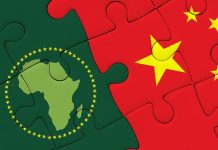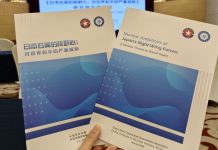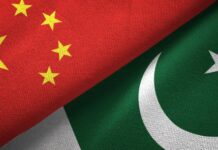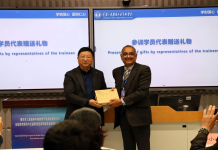Even if the BRI was naturally an Asia-centered project, Europe was a meaningful part of it both symbolically—given Europe, and Venice in particular, was one of the ending points of the ancient Silk Road—and pragmatically because the continent remains China’s major trading partner.
Looking at the initiative from the perspective of Sino-European relations, the BRI has been, at least in part and right now, pretty much a missed opportunity—one where both sides have something to make up for, especially in the trade and investment field.
From 2013 to 2021, the last year for which the full data are available, bilateral trade increased substantially in absolute terms with a higher dynamic for European Union (EU) imports from China. Despite the EU remaining one of the most important trading partners for China, the EU trade deficit increased substantially in the period—from 104 to 249 billion euro ($114-273 billion), according to the UN database of international trade UN Comtrade. From the EU side, a persistent and increasing trade deficit is perceived as a limitation on the development of healthy bilateral relations.
Not all EU countries hold that position though. Germany, for example, used to have a trade surplus with China and is therefore more open to cooperation with China. Several countries with huge trade deficits, however, seem to see relations with China more as a threat than an opportunity.
The BRI, together with Made in China 2025—a state-led industrial policy that seeks to make China prominent in global hi-tech manufacturing, pushed many Chinese companies to invest in Europe. The initiative’s early years were positive for Chinese foreign direct investment (FDI) in Europe, with important acquisitions like German robotics producer KUKA, Italian tire producer Pirelli, and many smaller ones mainly in high- or medium-tech industries.
Investments, both in infrastructure plus mergers and acquisitions, probably remain the most challenging aspect of Sino-European relations. The Chinese Government and the European Commission spent many years discussing an agreement to regulate bilateral investments.
In December 2020, they announced the Comprehensive Agreement on Investment but the document was not ratified by the European Parliament due to tensions linked to the bilateral sanctions related to human rights issues.
Plus, in a world that is more and more divided in spheres of influence, governments are more concerned with the control of advanced technologies and the independence of critical supply chains, e.g., that of COVID-19-related equipment.
In 2015, the European Commission and China’s National Development and Reform Commission established the EU-China Connectivity Platform 2015—an effort to coordinate BRI infrastructure investments with the Trans-European Transport Network strategy. However, the platform, while still in place, has not been very operational in the past few years.
The combination of the aforementioned factors has brought to light the need for more protective policies. Data from independent research provider Rhodium Group show a clear decline in Chinese FDI in Europe starting in 2016 when Chinese FDI peaked at 47.4 billion euro ($51.9 billion) to end at 10.6 billion euro ($11.6 billion) in 2021, roughly the same level we had at the beginning of the BRI.
These last few years have been characterized by a decrease in mutual trust. COVID-19 didn’t help matters, in part because it drastically reduced the possibility to host in-person talks and interact on a day-to-day basis.
According to the Chinese Zodiac, people born in the Year of the Rabbit are generally calm, gentle and loving but can be very ambitious. This is probably the approach the EU-China bilateral relationship needs to take. We need to be calm and rational when facing the existing objective differences, but also ambitious given this relationship is crucial for global development.






